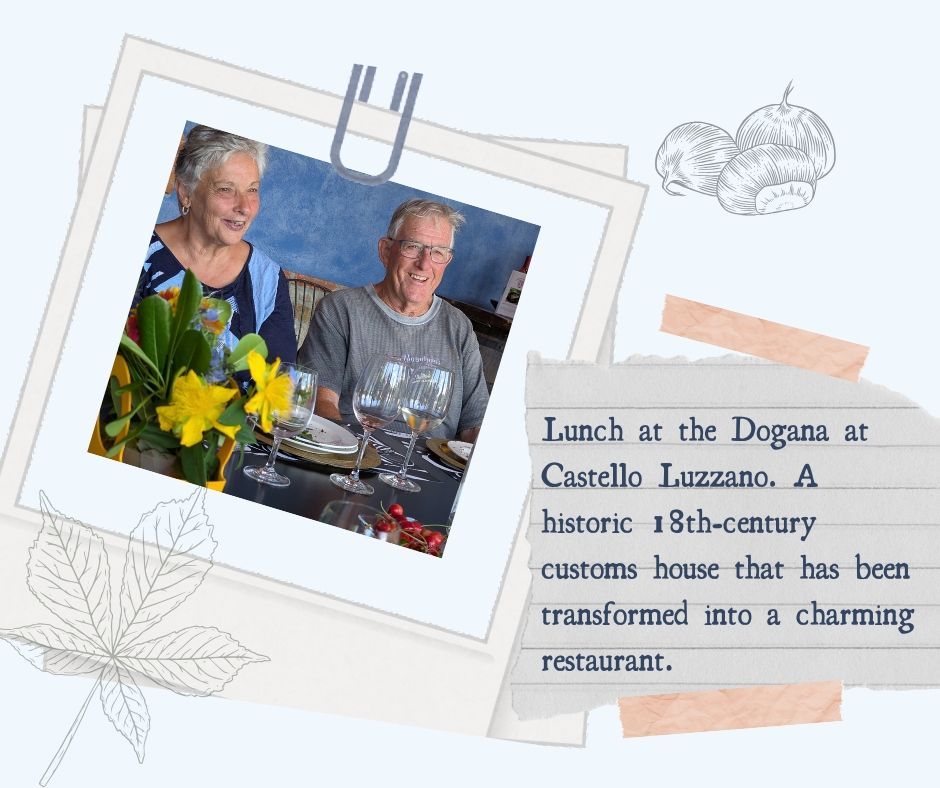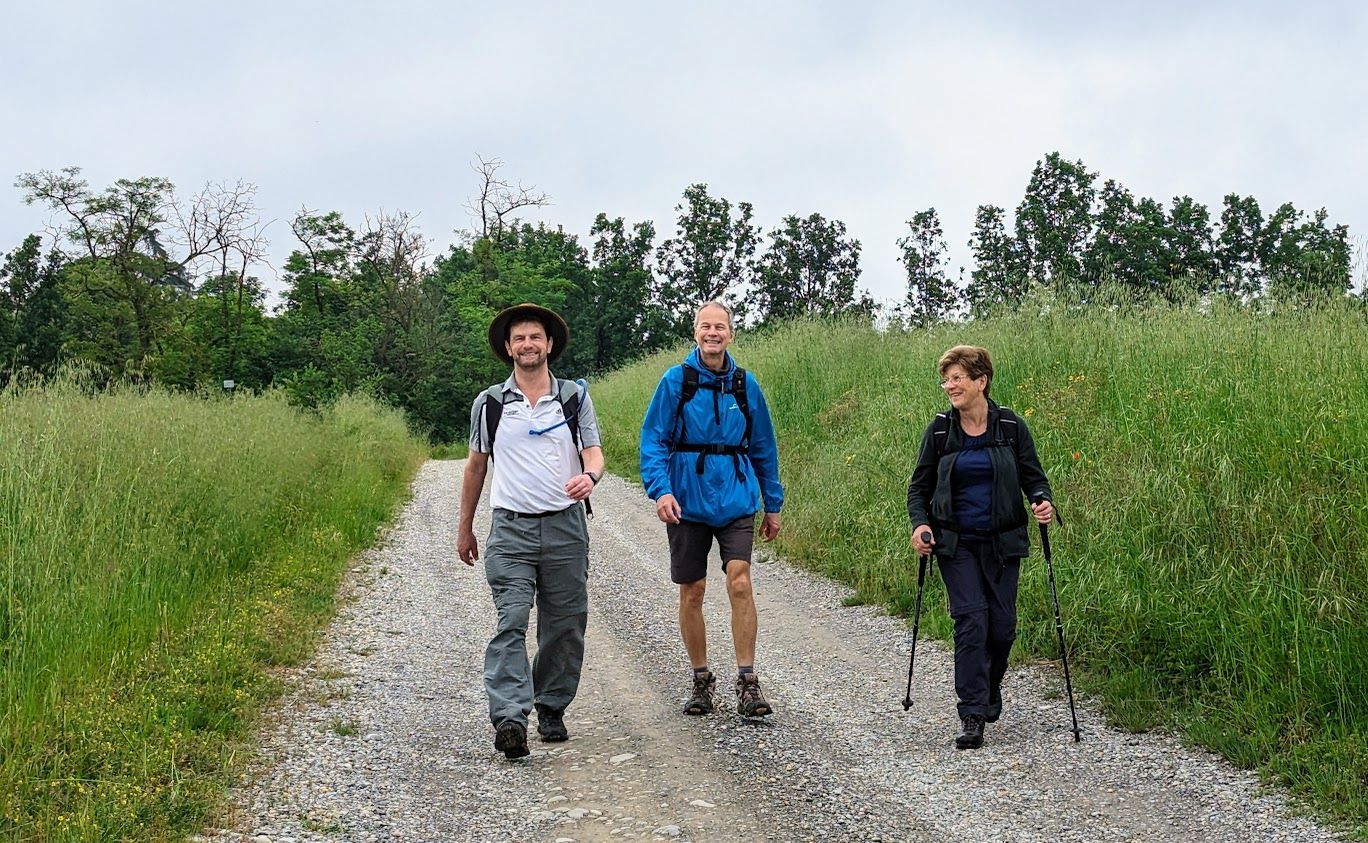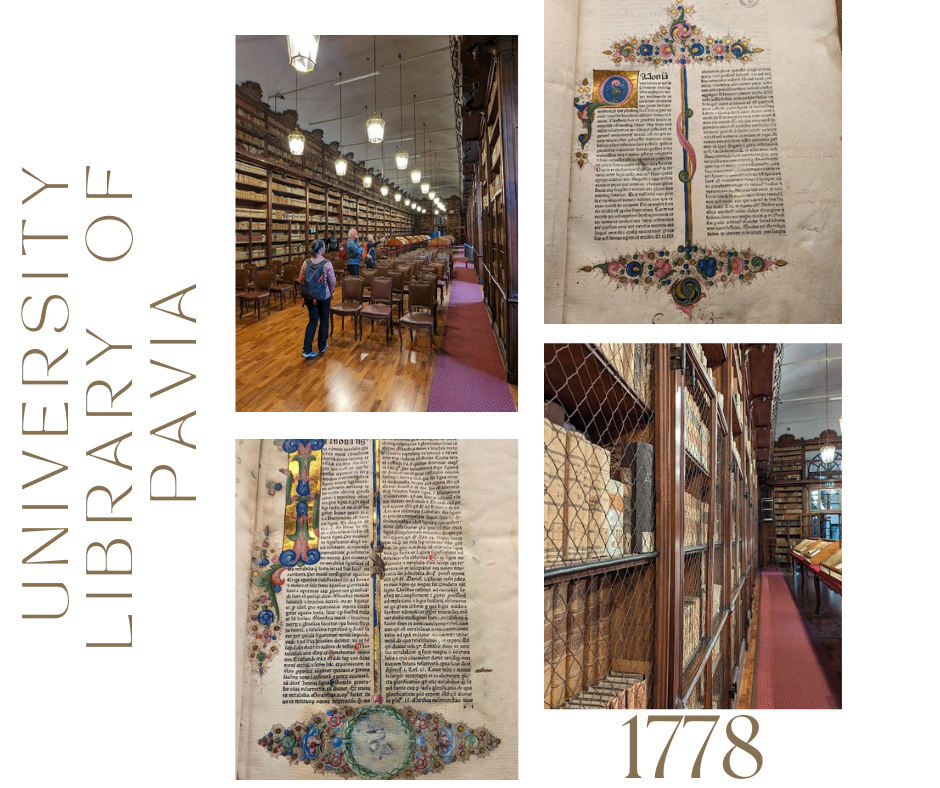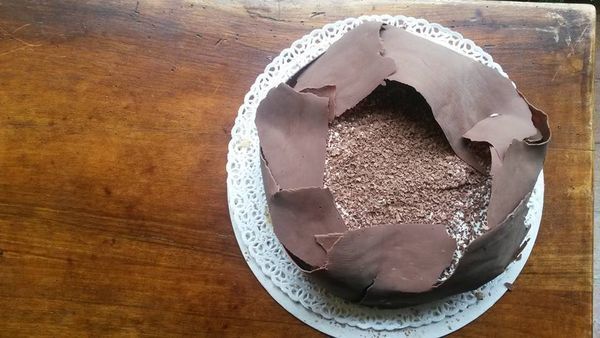7 Things About Italy That Surprise First Time Travellers
If it is your first time in Italy there are a few things that may take a little getting used to. To get the most out any travel experience it is always good to learn to live like the locals. This often means being aware of what is going on around you as it may not be the same as back home. And if it was, why would we bother travelling? Here are 7 things that first time travellers may find surprising. On our tours we brief our guests about the below points so they are well informed about the quirks of life in Italy!
1. Coffee Drinking Lesson 101
Having a coffee out in Italy isn't the leisurely get together that we are accustomed to in Australia. It is usually a quick shot of an espresso or short black commonly referred to as "un caffe" (sometimes the words "liscio" "espresso" or "normale" are added to make it completely clear) standing at the counter. This is often repeated by Italians several times over the course of the day!
In Italy, you will have your coffee at a bar, sometimes paying first and then joining the queue at the bar (especially in bigger, busier bars). If you would like to sit down to enjoy the atmosphere, you may be asked to pay a little more. Coffee is also very cheap in Italy, unless of course you decide to drink it in the Piazza San Marco in Venice or the like!
Italians prefer their short blacks and don't usually drink coffee with milk after 11am. But most bars are now accustomed to tourists ordering a milk coffee at all times of the day (but waiters may give you a very strange look if you order a milk coffee after a meal!). If you order a latte in Italy, don't be surprised if all you get is milk, because "latte" means milk in Italian. For what we often refer to as a "latte" all you need to do is specify that you want a Caffè Latte and you will get one. If you would like a flat white the best drink to ask for is a cappuccino without froth, or "cappuccino senza schiuma (skiuma)"! And lastly, for those Australian long black drinkers amongst you, it's best to ask for a Caffè Americano.

2. Breakfast Is Usually Sweet
In recent years breakfast has become a rushed affair, with Italians grabbing a quick brioche at the bar with their black or milk coffee. Often, it is just the black coffee or a "caffe' macchiato", which is what we know to be a short macchiato. At home it is often a biscuit dipped in milk coffee. It hasn't always been like this and there is a movement to bring eating habits back to the old ways where breakfast was more savoury and substantial.
In a hotel or agriturismo (farm stay accommodation), a typical breakfast which they sometimes call “prima colazione" (which literally means first lunch, as colazione is the traditional word for lunch - now more commonly referred to as pranzo), or simply “colazione”, often consists of many sweet products such as cakes, tarts, brioche (Italian name for croissants) and yoghurt. Do not be surprised if freshly cooked eggs aren't on the menu, but if they are they're often fresh from the hen and are a real delight!
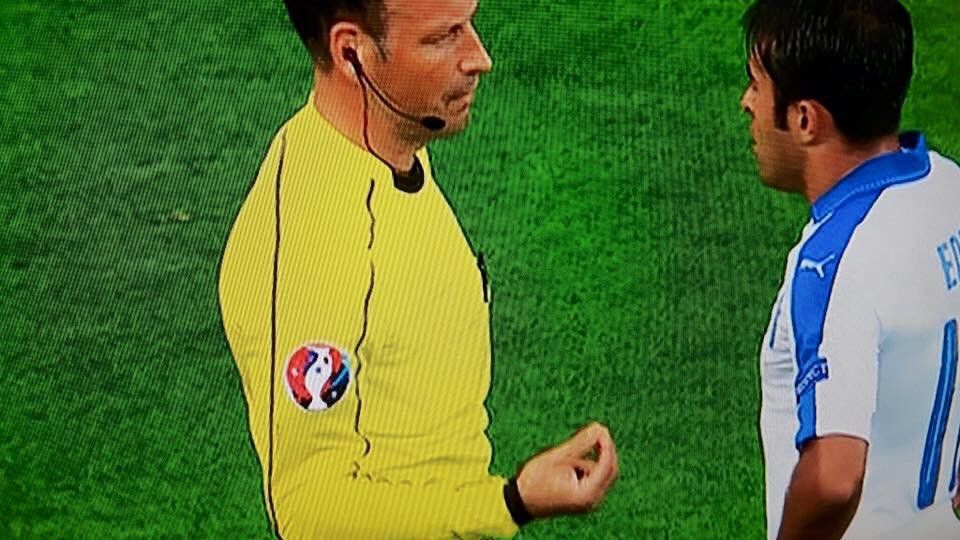
3. The Language of Hand Gestures
I am often a source of amusement for my family. I use hand gestures to go with everything I talk about. I feel the compulsion to emphasise things with the use of hands. For example, if something is far away it also needs a hand gesture to go with it! I am 100% genetically Italian so maybe this habit is simply in my blood
However, Italians certainly take hand gestures to the next level. Their hand gestures not only emphasise meaning, but are the basis of a language in itself! Our guests are often quite entertained to see the locals talking in bars or the local town's piazza, telling stories in full expression with their hands moving here and there.
Some examples - Touching your finger to your cheek and turning it 'Shirley Temple style' means that the food is good. Brush your fingers up pass your neck and flicking it out past your chin, to put it politely means you just don't care. Hold the fingertips of either hand together and upright, or both hands for emphasis, and wave up and down means 'What on earth are you doing?'/ What are you saying?' or 'What do you want?' You will see this one a lot in Italy and I challenge you not to start using this one yourself if you spend a little time there!
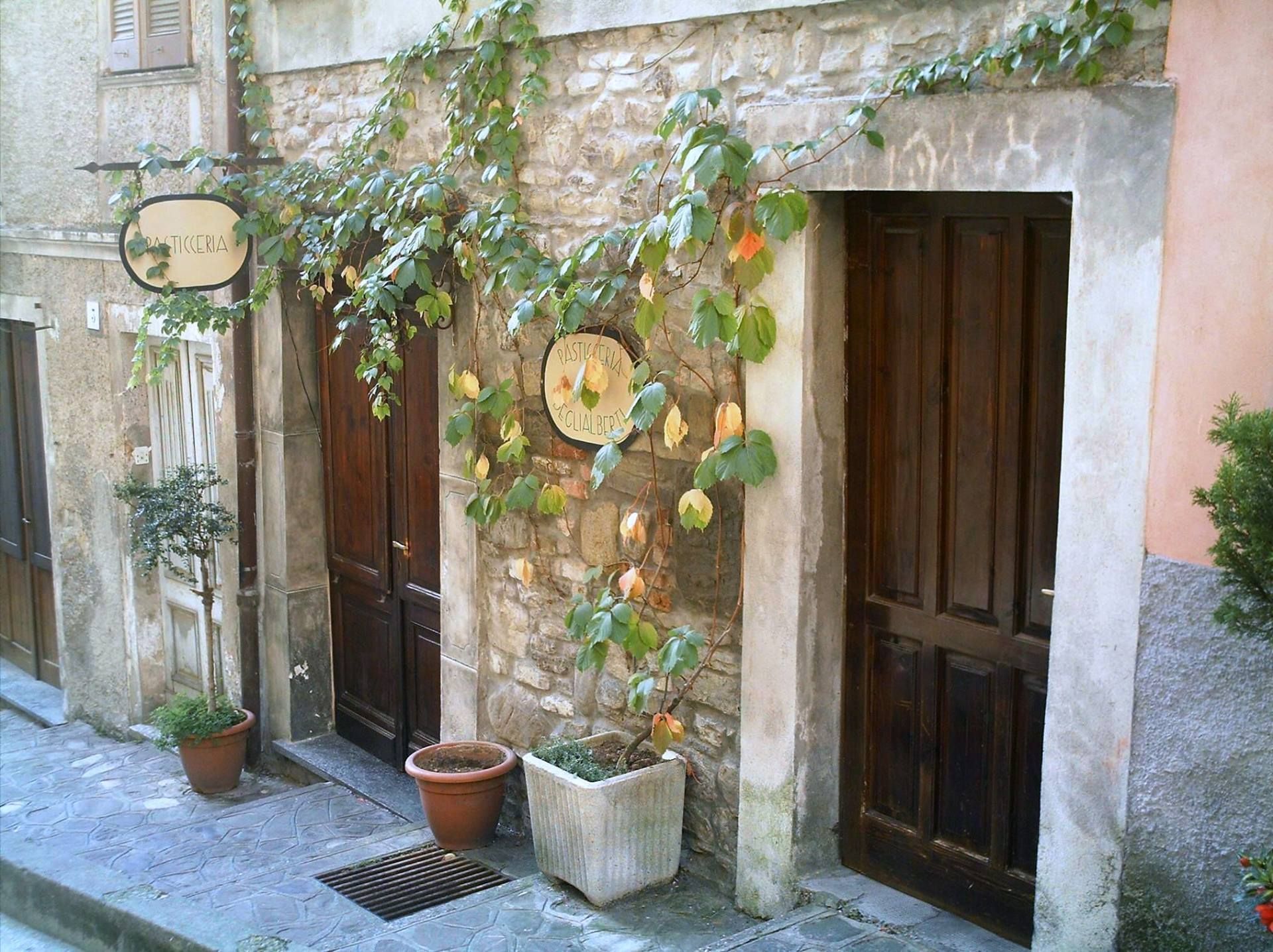
4. Shops Closing in the Early Afternoon.
I have to admit that when we lived in Jim's dad's home town of Varzi, I was definitely a slow learner when it came to the shops closing from around 12.30 to 4pm (commonly referred to as the 'siesta'). In the early days, firstly I would often seek get things done around the house, and then head to the shops around midday to get what I needed, only to find I had to rush before the shops closed! A Varzi panetteria (bread shop) that I believe has the best focaccia in all of Italy would be out of focaccia as early as 9am on some days!
Small shopkeepers are not usually at home having a siesta, or snooze, as we are often made to think. They often go home to have lunch, do chores or take a quick break before they start back at work from 3.30pm- 4pm until around 7.30pm.
When planning your day, keep in mind that many shops will be closed for 3 hours in the middle of the day. They are often open from 8.30am until 12.30-1pm, and again from 3.30-4pm until around 7.30pm (opening and closing times are often later in large cities). This is perfect timing for anyone who would like to sit and enjoy a long lunch, as is the case on our tours!

The table is set for our long lunch at the gorgeous Tenuta Terensano, which features on our Fine Food Wine and Wonders Tour and is the accommodation for the first 5 nights on our Treasures of Lombardy, Piedmont and Liguria.
5. Meal Courses
The main difference you will notice when eating in Italy is that pasta is not a main course in Italy. Dishes such as pasta, gnocchi or risotto, come as smaller servings and are considered primi piatti. The secondi piatti are the main courses or meat dishes. You can also have secondi with or without salad or vegetables, contorni. Sweets are called dolci and starters are called anti pasti, which often contain cured ham products and various marinated vegetables. It is often not looked down upon to order a carafe of the house wine either. This is the local wine that is made to suit the local food. Italians consider getting drunk to be quite offensive. They drink with food and usually only a glass or two. They are the masters of moderation!
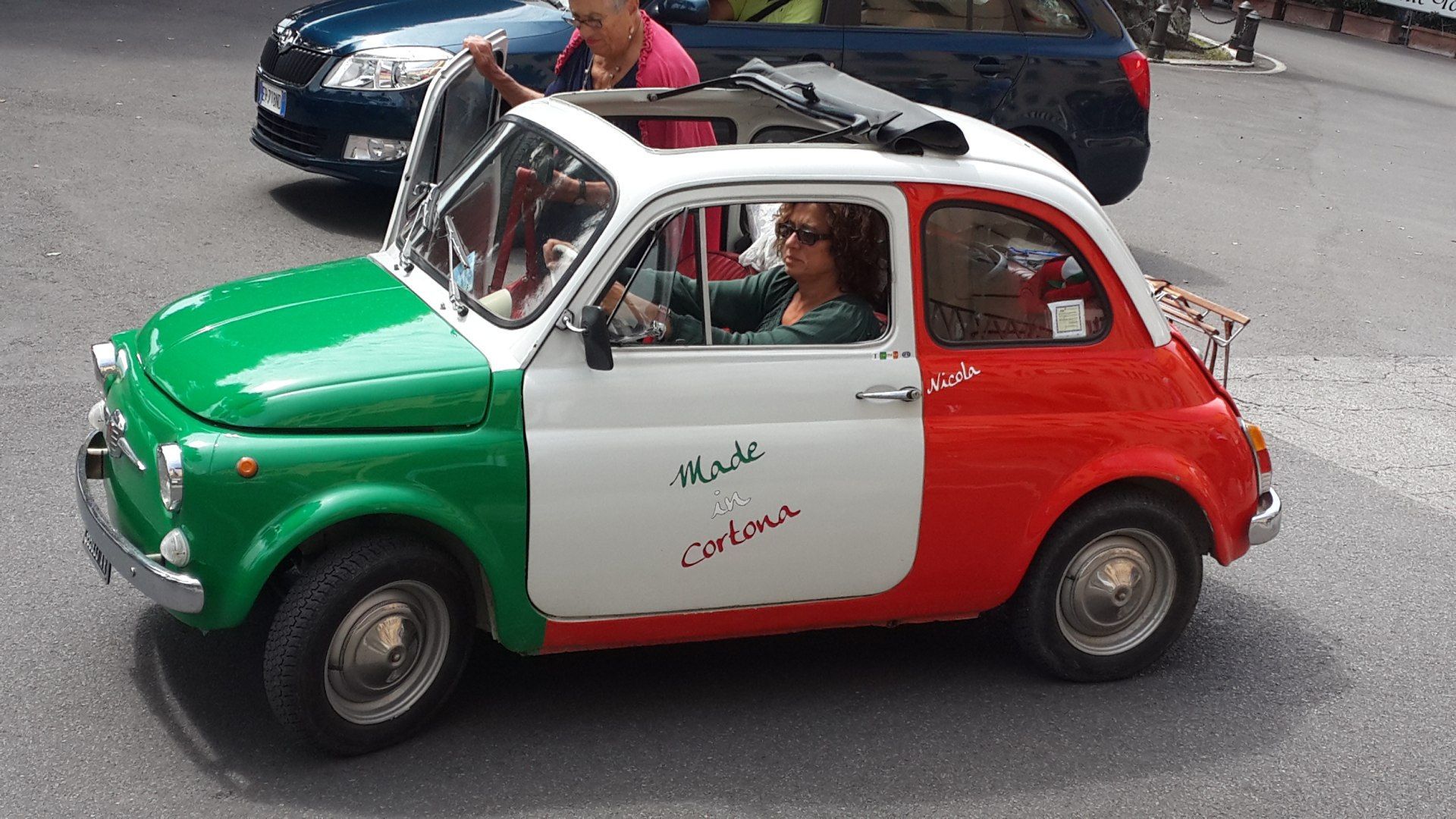
Jim spotted this little charme r in Cortona on our Treasures of Lombardy, Piedmont and Liguria.
6. Driving
It may be an understatement to say that driving in Italy can cause a bit of anxiety for the first timer. The Italians will take more risks on the road when overtaking, which on the surface can be quite hair-raising. But they do have very good judgement when it comes to the spatial concept of the car and its environment, and will squeeze between cars and buildings in places we wouldn't dare to go. Slower cars and trucks religiously stick to the 'slow lane' rule on a highway (in Italy this is often referred to as the "lane of shame"!). This is mainly because they will have flashing lights racing up behind them at the speed of light if they don't quickly get out of the fast lane!
In some parts of Italy parking can get quite creative also. Red traffic lights in Rome and Naples are often merely suggestions to stop, and third lanes can be created by straddling the middle of two single lane roads! To clarify this - you may be driving down a two way street when you will see another car coming down the middle of the road towards you, making their own third lane! Whilst this firstly appears crazy, often there's quite a bit of room there in the middle of the street, so when driving in these situations it's best to keep a cool head and learn to go with this flow as much as possible.
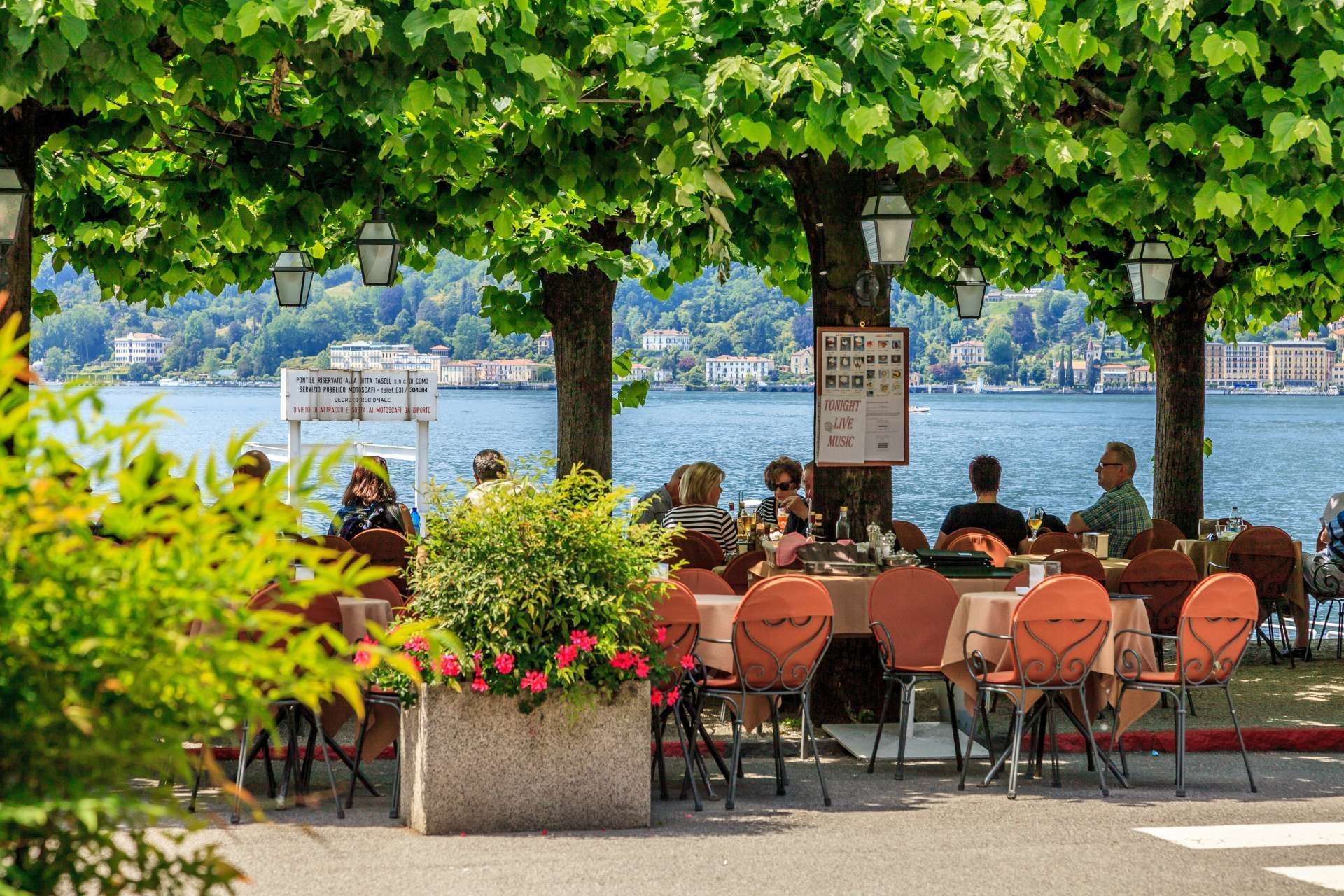
Relaxing by Lake Como - Fine Food Wine and Wonders Tour.
7. Respecting the Slow Life
Although Italians are just as busy as everyone else, they often take time out to enjoy the company of family and friends. This invariably happens around a dining table. Italians seem to know how to take things slowly. They prefer to get out of the house for the evening to meet up with friends, or go for an ambling walk together (known as a passeggiata). Slow-food is a way of life in Italy and not a fad. Dinners and lunches can last for three hours. Take away food is also hard to find unless you’re in a touristy city.
When queuing to be served by a shop keeper, you will notice it is not about rushing through to the next client, but giving good service, even if that means having a little chat along the way. Be patient, as you will receive the same amount of time and respect as the people before you. For Italians it is all about family, friends and food, and that's why so many people (us included) have come to love Italy and the Italian people so much!
I hope you found the above content to be both informative and amusing and that it helps enrich your next Italian soggiorno, whether that be with us on tour, or on your own independent journey in this wondrous land called Bell'Italia!
Ciao e alla Prossima!
Lynette


